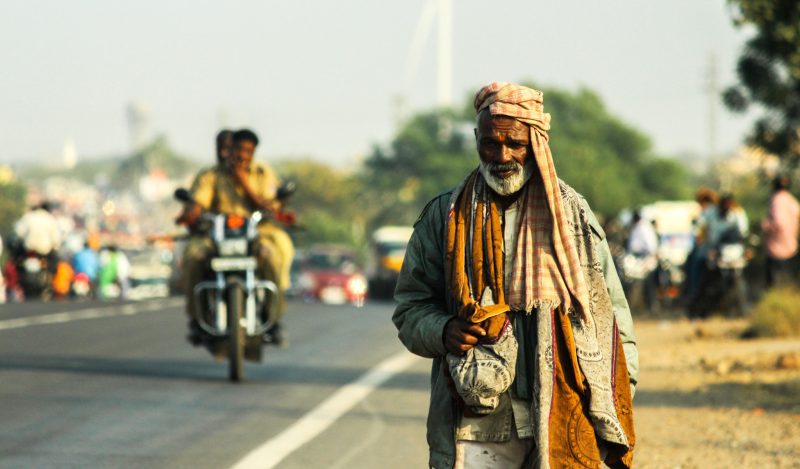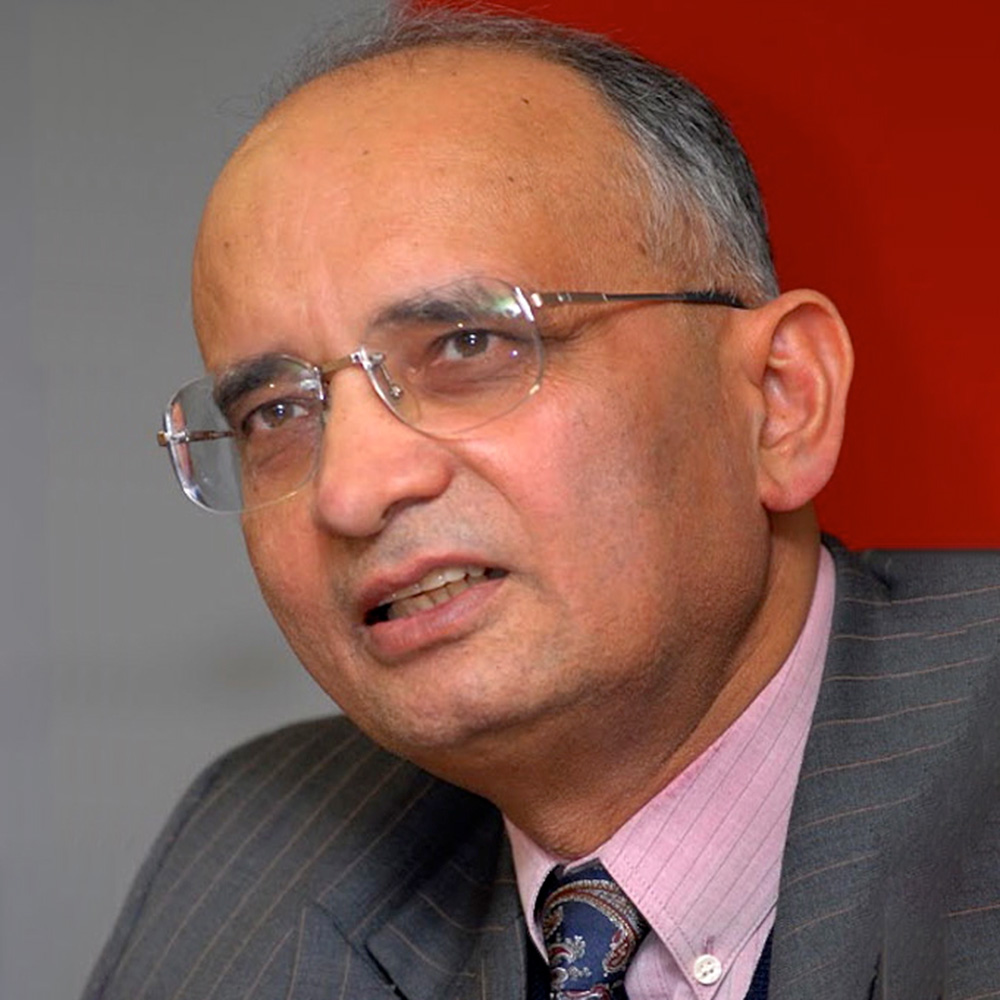Earlier this week, both houses of Australia’s Parliament adopted a resolution to hold a referendum on a government initiative to re-racialize the Constitution by inserting a new chapter to give to Aborigines rights of representations that are not available to any other group.
In more proof that history does irony, on June 29, the US Supreme Court struck down race-based affirmative action in the admissions policies of Harvard and North Carolina universities by 6-2 and 6-3 majorities, respectively. As Justice Clarence Thomas put it: “Universities’ self-proclaimed righteousness does not afford them license to discriminate on the basis of race.”
Human rights deal with the proper balance in relations between individuals, society, and the state. Universalizing the human rights norm was one of the great achievements of the last century.
The assertion of a human right is a claim on the state for protection from threats emanating from other individuals and groups or from the agents of the state themselves. The first-generation “negative rights” emerged from constitutional traditions that prevented the state from curtailing the civil rights and political liberties of citizens. The second-generation “positive rights” reflected the agenda of many postcolonial poor countries to prescribe an activist agenda of social and economic rights for their citizens.
The third-generation “solidarity rights” pertain to collective entities that have coalesced around notions of identity-based solidarity, rather than individuals. Yet, framing laws on the basis of group-defined identity traits takes anti-discrimination a step too far and threatens the very core of human rights that form the basis for many anti-discrimination laws.
Human rights laws give effect to the moral imagination to feel the pain of others as if they were our own. However, instead of treating all citizens as rights-bearing equals, affirmative action programs that are etched into the Constitution relegate some groups to the status of dependents in permanent tutelage. That is, they entrench the soft bigotry of low expectations.
The primary victims of the US universities’ race-based admissions for several decades have been Asian-Americans. Yet, in another irony, the mother of all affirmative action programs, along with the many pathologies that arise from them and fossilize into a settled and stable equilibrium, is India.
India is the biggest laboratory in human history for affirmative action policies mandated by the constitution. The motives underlying preferential policies are beyond reproach. As Chief Justice John Roberts, siding with the majority, conceded, the belief—that “the touchstone of an individual’s identity is not challenges bested, skills built, or lessons learned, but the color of their skin”—is “well intentioned.”
However, by institutionalizing affirmative action in favour of any one group, the actions inescapably discriminate against individuals from other groups, alienate them, feed their sense of grievance and can contribute to a growing militancy—without necessarily helping the most needy.
Every affirmative action produces an equal and opposite sectarian reaction. If a government frames public policy in a group-conscious way, it cannot expect groups suffering relative deprivation to ignore group identity. For any one student admitted under a racial quota, only one alternative person would have succeeded in a merit system. But hundreds of rejected students end up feeling aggrieved and resentful for having lost out due to preferential policies.
Affirmative action programs are always described as temporary expedients, yet they often persist and proliferate. In India they were meant to have ended after 15 years in 1965, but they haven’t. As group-based programs permeate the public institutions of a country, they end up institutionalizing the very divisions that they are meant to eradicate.
Policies of positive discrimination in India have trebled in scope, embracing additional measures for the same target group, extending favoured treatment to other sectors of society and incorporating additional target groups into the programs. Gender-based quotas for women is a good example from India and quotas for the rainbow groups are an even better example from the DIE (diversity, inclusion and equity) industry that has colonized the imagination of Western boardrooms and newsrooms in the last few years.
Some state governments in India incorporate Muslims (who are outside the Hindu caste system) within job reservation schemes for the historically oppressed castes. Christian churches demand set-asides for converts to Christianity. Over the decades, the federal government has added more than a hundred castes and subcastes to the category known as “Other Backward Castes” eligible for 27 percent of jobs in the federal public sector. This is in addition to the 22.5 percent reserved for “Backward” castes and tribes. The mathematically precise limits are due to the Indian Supreme Court ruling that set-asides may not exceed 50 percent of total vacancies.
The government has also extended quotas to promotions. After decades of constitutionally sanctioned efforts to protect and promote sectarian preferences, India got trapped in an escalating cycle of increasing numbers of groups putting forth expanding claims to entitlements. Political parties choose candidates aligned to the caste mix of constituencies. Such “vote bank” calculations also shape the choice of party leaders being projected as the potential heads of governments and, at the federal level, the nomination of presidential candidates. (In India’s parliamentary system, the president occupies a mostly ceremonial post.)
If membership in a particular group confers unequal privileges, and if job markets and prospects for upward mobility are stagnant or shrinking, then fraudulent claims of membership in the target groups will multiply. The spiralling cycle of preferential entitlements, and the need to ensure against fraudulent claims, leads to an expanding role for government, when what India needs is to reduce government intrusion into the economy and society.
Within the supposedly “disadvantaged” groups receiving preferential treatment, benefits are captured by the better educated, more articulate and more politically skilled elite. With respect to the quota for women in parliaments, for example, the scheme was long ago hijacked by the “bibi, beti and bahu” brigade, meaning the wives, daughters and daughters-in-law of the incumbent political elite.
Preferential policies are a political response to symbols of sectarian identity. They create and nurture vested interests. Caste is now being used in India as a system for distributing political spoils. It is organized for capturing political power and the social and material benefits that flow from it, whether a government job, preferential entry into an educational institution, or a government licence. Where caste led, gender followed.
The programs are out of control, so much so that many groups engage in acts of mass public protest to press their claims for being added to the list of the disadvantaged. Their major motivation is the material and career opportunities that would result from being so inscribed, from admission to schools and universities, recruitment into the public service, and also promotion.
Affirmative action programs are meant to reduce and eliminate intergroup disparities, but group leaders are dependent for their leadership positions on the perpetuation of perceived disparities. A solution of ethnic or gender problems would deprive the leaders of a platform and a role. Upping the ante by raising ever expanding demands enlarges the role of group activists and gives them a bigger stage from which to manipulate more people.
Sound familiar?
The most insidious consequence of affirmative action is the fact that it is so often counterproductive. Preferential policies foster the values of solidarity based on the cult of victimhood—instead of thrift, hard work, self-improvement and property ownership. They rest on the assumption of superiority in the nontarget groups, and reinforce the sense of inferiority in target groups.
The proper role of the state is to provide the political, legal, and administrative framework in which individuals and groups can compete freely on a level playing field. Laws and policies should be neutral between religious, caste, and gender as well as economic competitors, guaranteeing equality of opportunity in recognition of the inherent equality of citizenship. It is not the mission of public policy to produce equality of outcomes when human beings are inherently unequal in talents, skills, aptitudes, and application.
Not all preferential policies have to be abandoned. But when public policy shifts from equal opportunity to equality of outcome, individual and national interests are subordinated to the claims of special interest groups.
Formulation and application of policies of positive discrimination require a sensitivity to potential pitfalls as well as to past injustices. The US Supreme Court has rightly reaffirmed that two wrongs (historical negative discrimination and current positive discrimination) do not make a right policy.
Join the conversation:


Published under a Creative Commons Attribution 4.0 International License
For reprints, please set the canonical link back to the original Brownstone Institute Article and Author.









